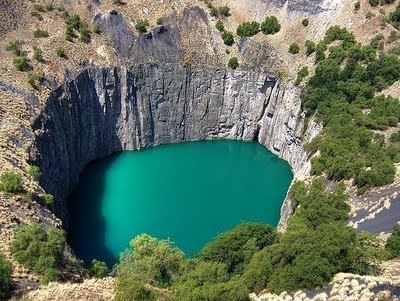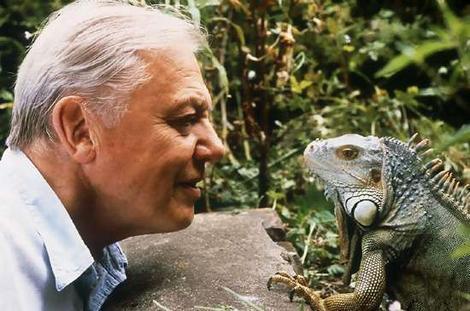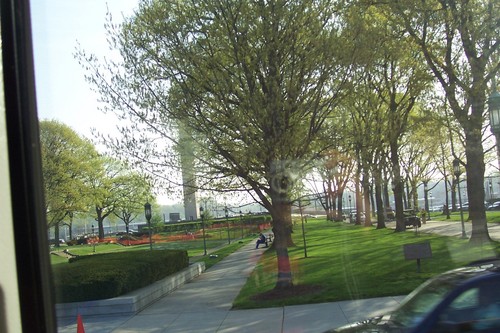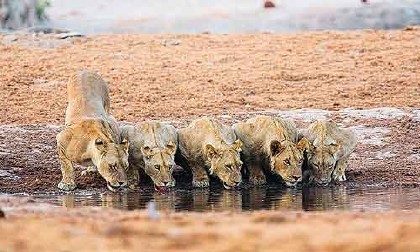Using less energy isn't about making drastic lifestyle changes or sacrifices. Conservation and efficiency measures can be as simple as improving the standards for new buildings so that they use less energy for heating and cooling, replacing an old refrigerator with one that doesn't waste as much power, or adjusting the thermostat before leaving home.
Not only do conservation and efficiency ease electricity supply crunches by reducing demand, they also decrease smog and greenhouse gas emissions, lower bills for all customers and create jobs and other economic benefits. It's a win-win situation.
Helpful hints
•Replacing frequently used regular light bulbs with compact fluorescent bulbs can save 200 kilowatt-hours per year.
•Raise air conditioner temperature settings by a few degrees and turn it off when you're away; purchasing a programmable thermostat is a great investment.
•People with electric water heaters can save between 200 and 1,400 kilowatt hours per year by fixing leaky taps, insulating their water heater and switching to more efficient showerheads.
•Wash clothes in cold or lukewarm water because up to 90 per cent of the energy consumed in washing is used to heat the water.
•Consider modernizing appliances because a modern refrigerator uses two-thirds the electricity of a refrigerator that is 12 years old.
Economic benefits
Experience from across North America has proven that it is significantly cheaper to invest in energy efficiency than to build or even maintain polluting sources of electricity. As well, conservation and demand management (CDM) are more employment intensive than other supply options. High deployment of CDM measures plays a vital role in raising overall economic productivity and efficiency by eliminating the need for increasingly expensive supply resources while simultaneously contributing to the maintenance of the resource base for the future.
The state of California's energy-efficiency standards for appliances and buildings have helped Californians save more than $15.8 billion in electricity and natural gas costs.
link
Not only do conservation and efficiency ease electricity supply crunches by reducing demand, they also decrease smog and greenhouse gas emissions, lower bills for all customers and create jobs and other economic benefits. It's a win-win situation.
Helpful hints
•Replacing frequently used regular light bulbs with compact fluorescent bulbs can save 200 kilowatt-hours per year.
•Raise air conditioner temperature settings by a few degrees and turn it off when you're away; purchasing a programmable thermostat is a great investment.
•People with electric water heaters can save between 200 and 1,400 kilowatt hours per year by fixing leaky taps, insulating their water heater and switching to more efficient showerheads.
•Wash clothes in cold or lukewarm water because up to 90 per cent of the energy consumed in washing is used to heat the water.
•Consider modernizing appliances because a modern refrigerator uses two-thirds the electricity of a refrigerator that is 12 years old.
Economic benefits
Experience from across North America has proven that it is significantly cheaper to invest in energy efficiency than to build or even maintain polluting sources of electricity. As well, conservation and demand management (CDM) are more employment intensive than other supply options. High deployment of CDM measures plays a vital role in raising overall economic productivity and efficiency by eliminating the need for increasingly expensive supply resources while simultaneously contributing to the maintenance of the resource base for the future.
The state of California's energy-efficiency standards for appliances and buildings have helped Californians save more than $15.8 billion in electricity and natural gas costs.
link


























